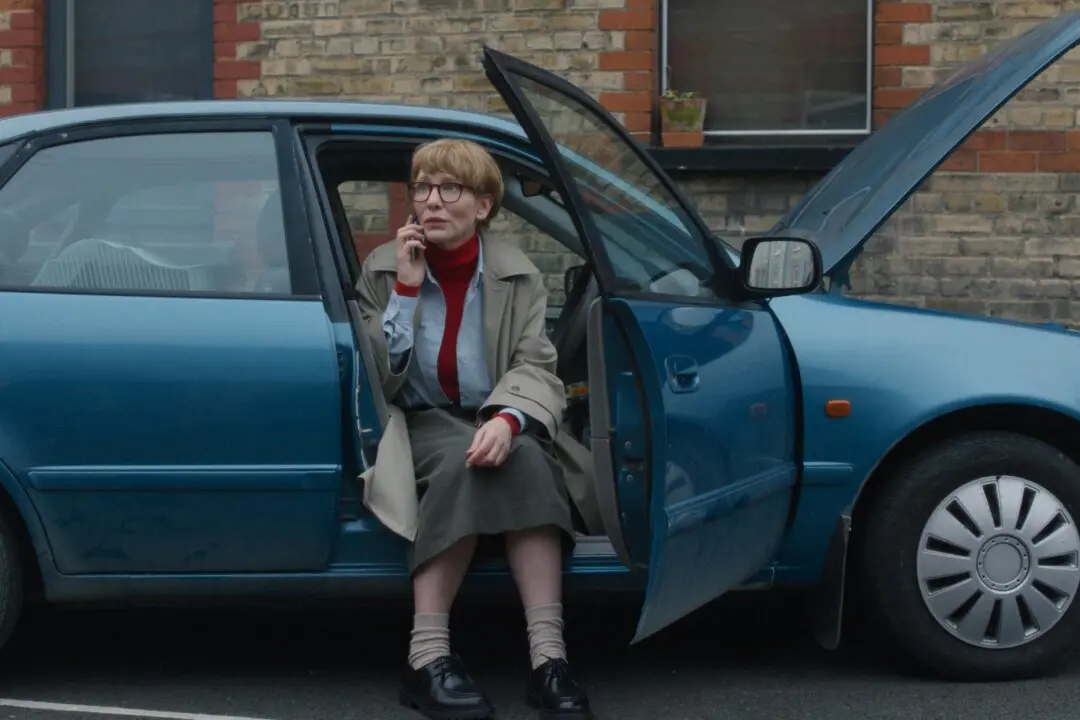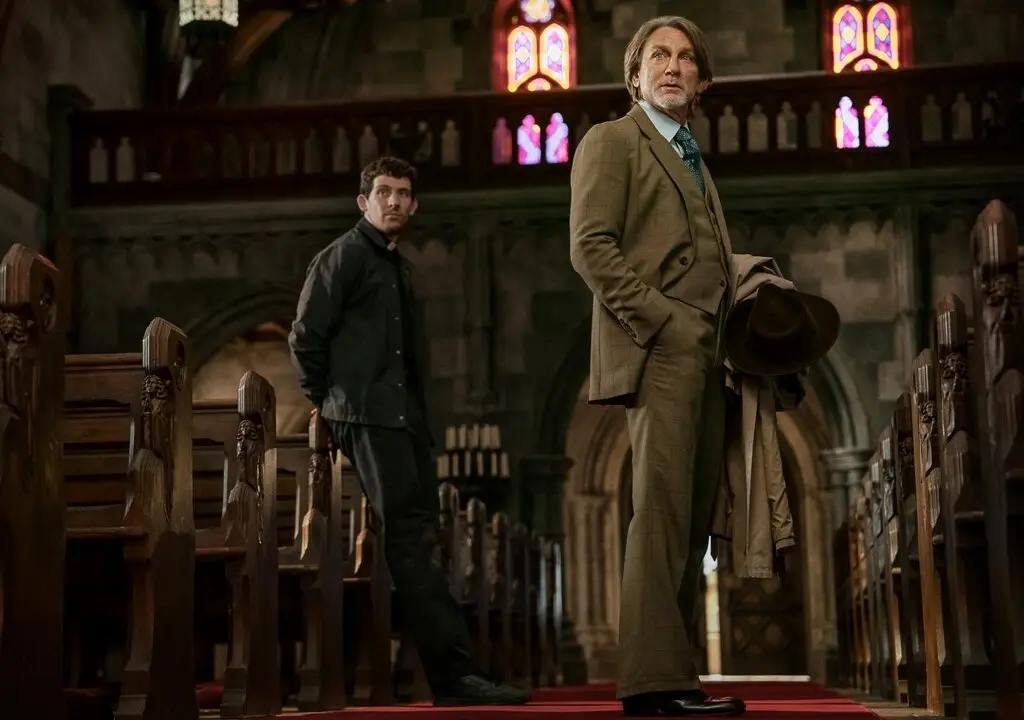NR | 1h 46min | Documentary, Ecology | 14 April 2023 (Austria)
Of all film genres, documentaries have the greatest amount of creative leeway. There are no structural guidelines regarding content, narrative style, or presentation and, thus, no rules with which to adhere: Almost anything goes. No one working within this genre knows these things better than Austrian director Nikolaus Geyrhalter.





